- Home›
- Healthy Living›
- 5 Most Common Diseases In Children And Their Symptoms
5 Most Common Diseases In Children And Their Symptoms
By: Priyanka Maheshwari Wed, 27 Dec 2023 12:53:36
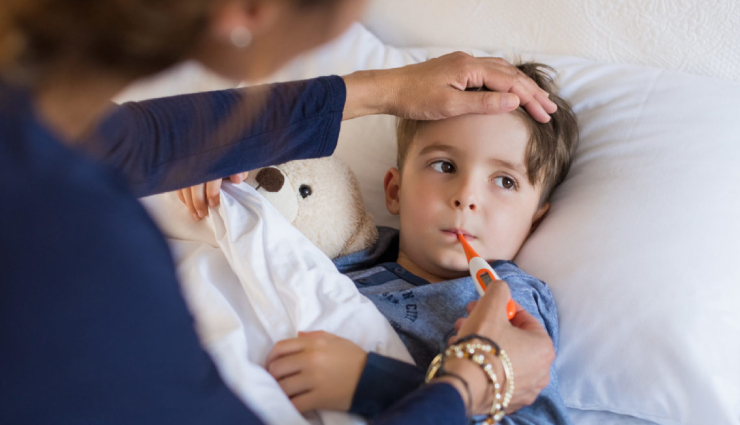
As children develop immunity to infections, they are susceptible to illness in their early years. While it's challenging to completely shield your child from sickness, the following suggestions can assist in avoiding certain unpleasant bugs and handling illnesses.
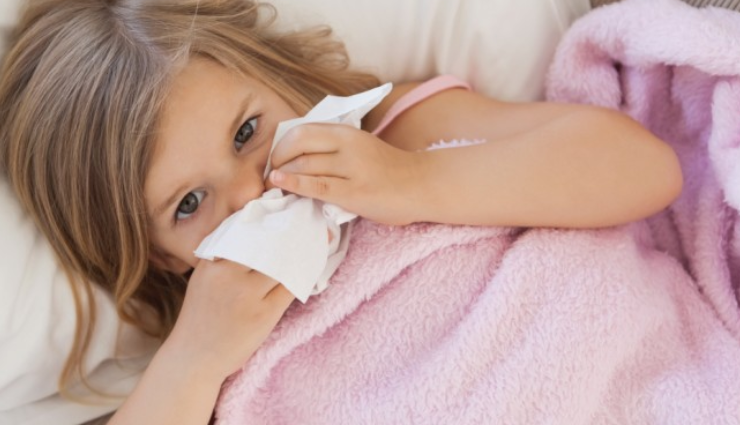
# Common Cold
Common respiratory tract infections in children include colds, swollen tonsils, and sore throats.
Origins: Viral and bacterial infections target your child's upper respiratory tract.
Indications: Common symptoms include chest congestion, swollen glands, a runny nose, and coughing.
Management: Typically, these conditions last for seven to ten days. Warm liquids aid in soothing a sore throat, and gargling with lukewarm saltwater at regular intervals can be beneficial. Refrain from administering antibiotics for bacterial infections such as strep throat unless prescribed by a physician. Most of these issues tend to resolve on their own within 5-10 days.
Prevention: Foster good hygiene practices by washing hands, especially before eating or preparing food. Cough and sneeze into your arm or a tissue, followed by handwashing. Additionally, adopting a healthy lifestyle contributes to prevention.
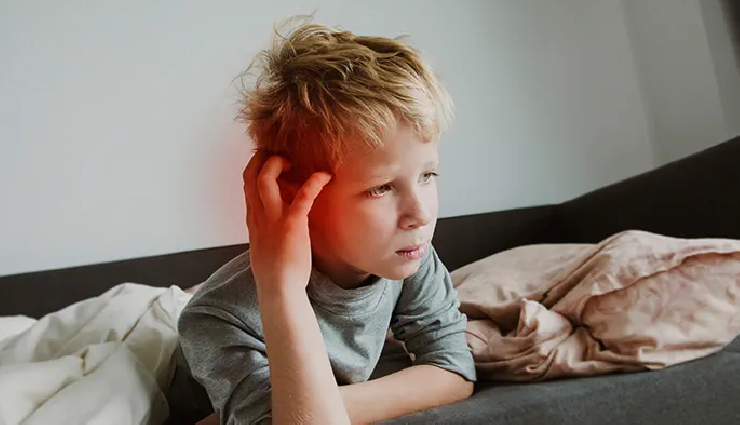
# Ear Pain
Ear pain may indicate inflammation or infection, with infections typically manifesting in either the inner ear canal (known as swimmer's ear) or the middle canal (otitis media).
Causes: Ear pain can result as a consequence of a cold or pressure build-up in the sinuses. Children, particularly between 6 to 18 months, are more prone to otitis media, linked to factors like low immunity, exposure to second-hand smoke, and allergies.
Symptoms: Look out for ear pain, fever, fussiness or irritability, ear rubbing or tugging, and difficulty sleeping.
Treatment: Seek prompt medical advice if you observe persistent ear pain or hearing loss.
Prevention: To mitigate the risk of ear infections in your child, consider vaccinating, practicing hand hygiene, breastfeeding, avoiding bottle use during bedtime, minimizing exposure to smoke, and reducing pacifier use.

# Fainting
Insufficient blood flow to the brain can lead to episodes of fainting in children, a condition also known as syncope.
Causes: Fainting in your child may be triggered by intense physical exertion (such as fatigue or exercising in hot conditions) or emotional stress. Other potential causes include low blood sugar levels (hypoglycemia), irregular heartbeats (arrhythmia), or low red blood cell counts (anemia).
Symptoms: Look out for signs like dizziness or light-headedness, nausea, sudden sweating or feeling cold, blurred or spotty vision, 'ringing' in the ears, pallor, and rapid heartbeats. Fainting episodes typically last a few minutes, and the child will regain consciousness.
Treatment: Seek medical advice if your child experiences prolonged fainting spells or seizures.
Prevention: Encourage a healthy diet and proper hydration. Monitor your child's blood pressure. Ensure they take regular breaks in hot weather. Teach your child to recognize early signs of fainting and advise actions like lying down or putting their head between their legs when symptoms arise.
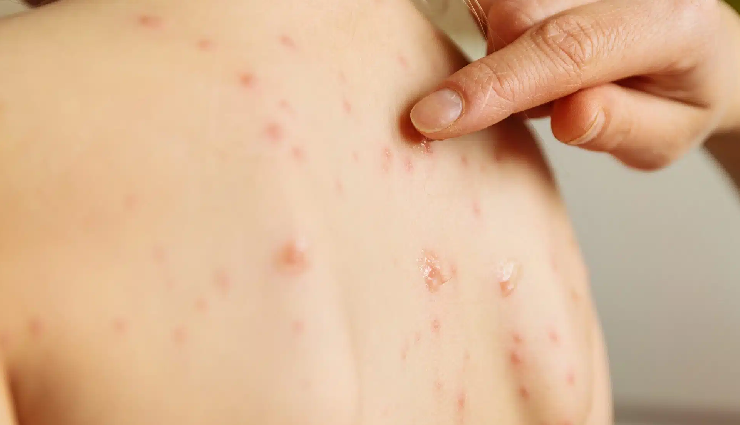
# Skin Infections (Eczema)
Children commonly experience conditions such as diaper rash, atopic dermatitis (also known as eczema), warts, and acne.
Causes: Diaper rash, or diaper dermatitis, results from repeated skin contact with wet diapers, while pyoderma is a fungal skin infection characterized by scabs and red blisters. Treatment often involves prescription of topical antifungal creams by a physician.
Symptoms: Keep an eye out for itchy, dry skin and red spots around your child's knees during their initial two years, as these may indicate signs of eczema (or atopic dermatitis).
Treatment: Dermatologists may recommend antibiotics, antihistamines, or laser resurfacing treatments based on the specific condition.
Prevention: To prevent excessive leg scratching when irritated, discourage your child from doing so. Additionally, avoid exposing your child's skin to woolen clothes and harsh soaps, as these can strip the skin of its natural oils.
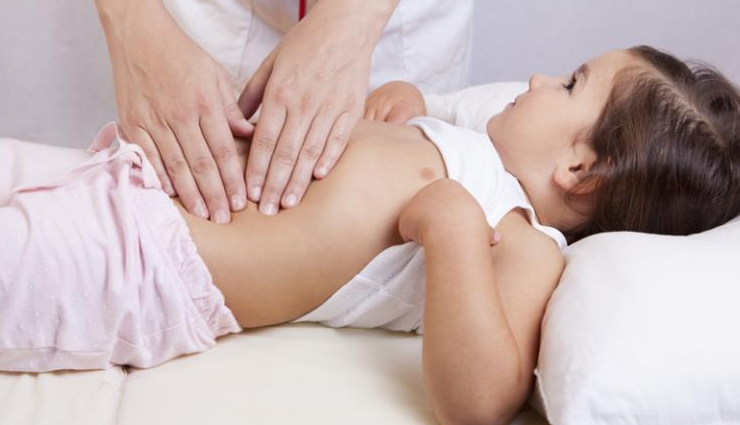
# Abdominal Pain, Diarrhoea, and Vomiting
Another prevalent issue among young children is stomach pain, commonly referred to as gastroenteritis. Additionally, frequent bathroom visits exceeding three times a day and the presence of watery stools can indicate diarrhea.
Causes: Stomach pain can stem from various sources, including bowel issues, infections, food-related problems, as well as external factors like muscle strain and migraines.
Symptoms: Conversely, constipation presents with symptoms opposite to diarrhea, characterized by bowel evacuation occurring less than three times per week.
Treatment: The approach to treating your child's pain depends on the underlying cause. It might involve simple measures such as advising rest, increased fluid intake, and a bland diet. Alternatively, more intensive interventions like hospitalization or surgery may be considered.
Prevention: To minimize the likelihood of these issues, encourage good physical hygiene in your child and provide a diet rich in fiber (to alleviate constipation). Additionally, regular deworming is essential to prevent parasitic infections.





